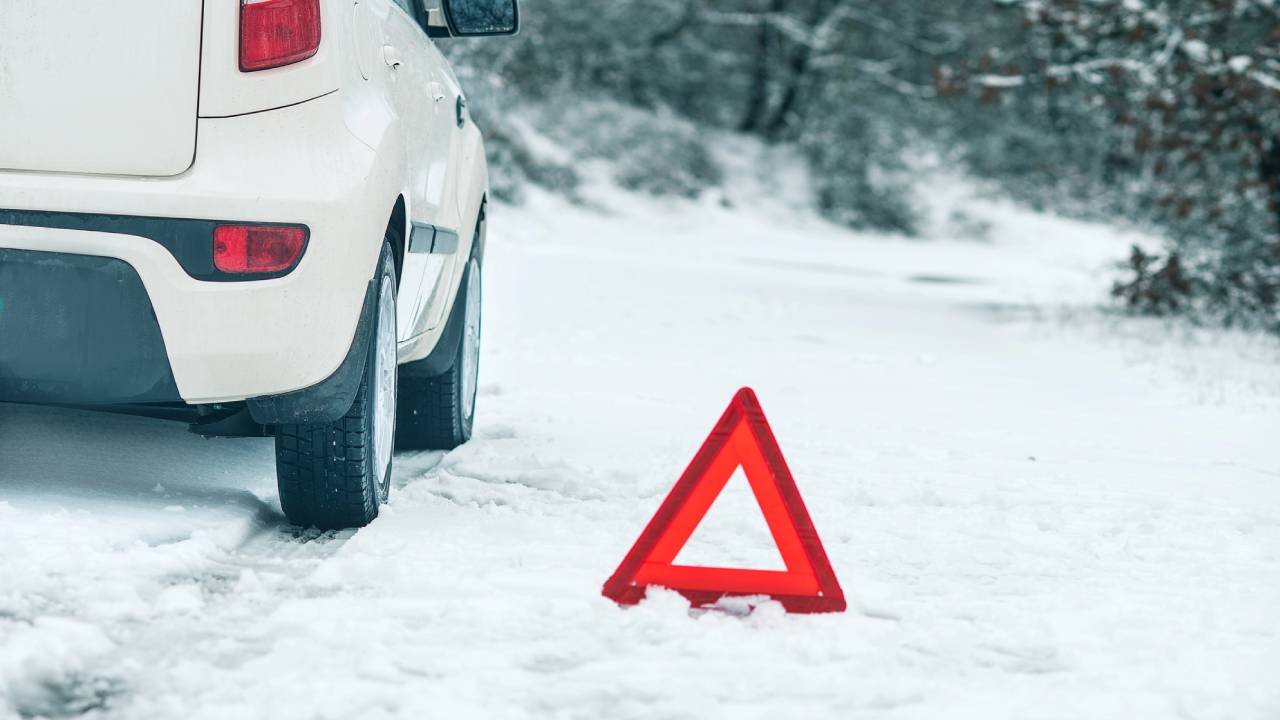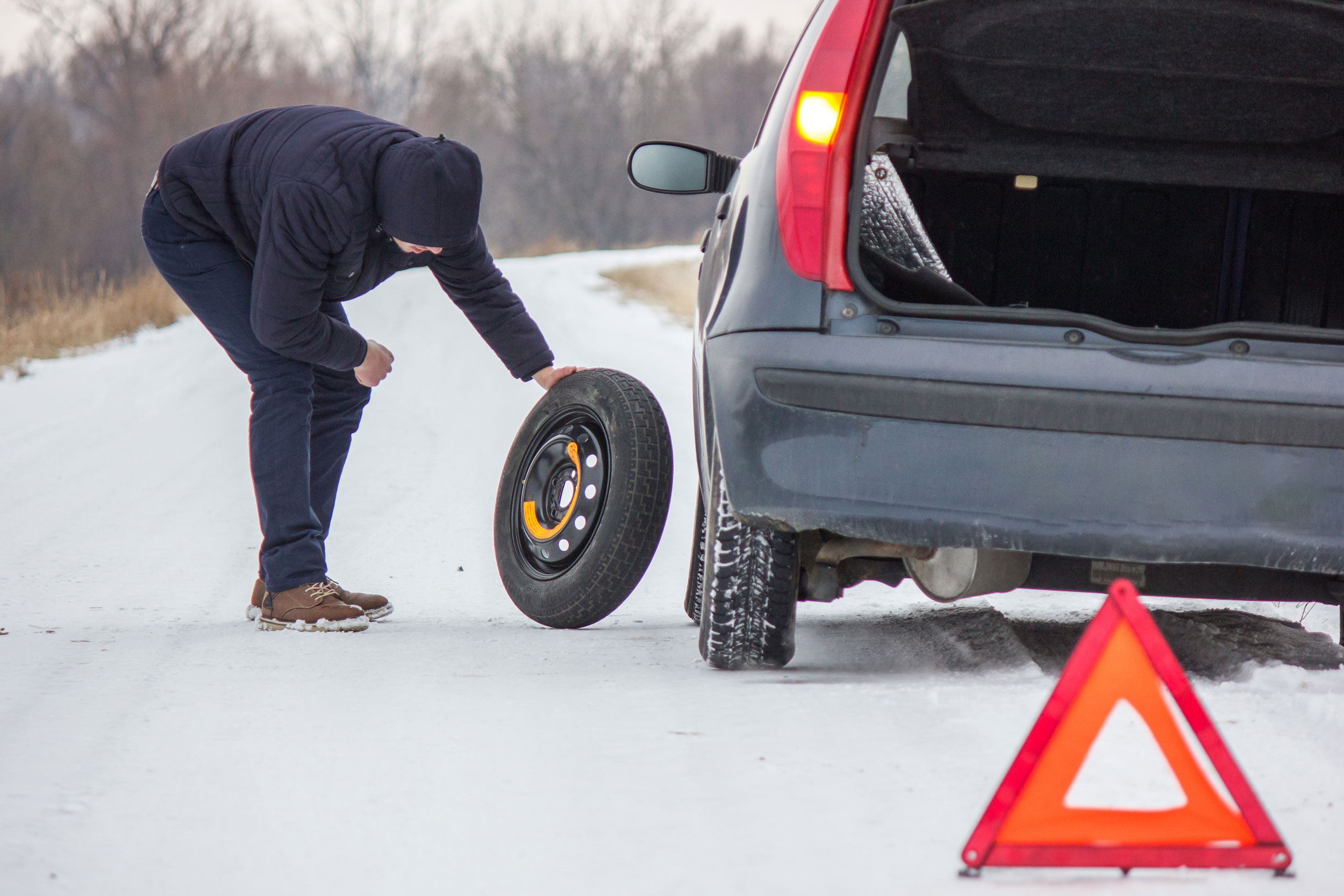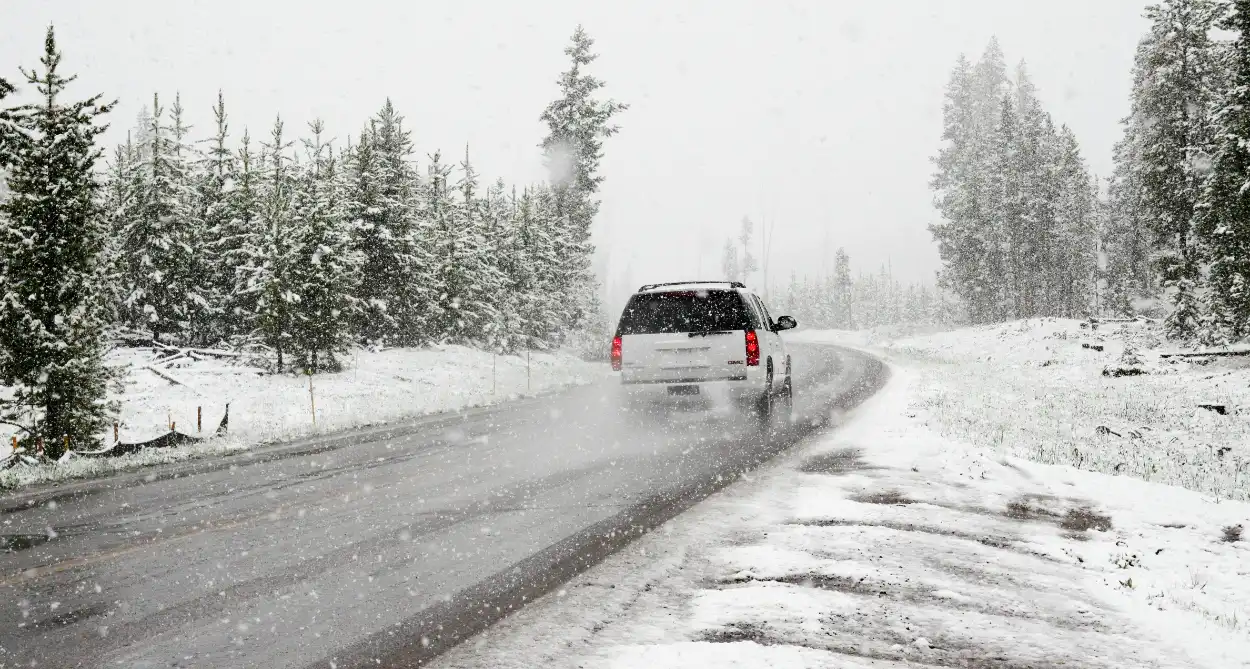Preparing your car for winter involves several important steps to ensure safety and prevent issues during the colder months. One of the first things to check is the tire tread. Tires with worn-out treads can be hazardous on icy or snowy roads, so using the “Penny Test” can help you determine if it’s time to replace your tires. If you can see Lincoln’s head when you place the penny in the tread, it’s time for new tires. Regular tire rotations during oil changes will also help maintain even wear on your tires.
Another crucial winter task is checking and maintaining tire pressure. Cold temperatures can cause tire pressure to drop, which can affect traction on slippery roads. You can have your tire pressure checked by a mechanic, or if you’re familiar with how to do it, you can use the air pump at your local gas station. Keeping your tires properly inflated is essential for safe winter driving.
In areas with severe winter conditions, consider switching to snow tires. These tires offer better grip on snow and ice but can reduce fuel efficiency. It’s best to use them during the harshest winter months and switch back to regular tires when conditions improve. Snow tires are particularly helpful for driving on rough terrain or in areas that experience heavy snowfall.
Changing your oil and ensuring your antifreeze levels are adequate is another important maintenance task. Regular oil changes keep your engine running smoothly during cold weather, and having enough antifreeze in your car will help prevent the engine from freezing. This routine maintenance can save you from bigger issues down the road.
Your car’s heater should also be checked and in working order. A heater not only keeps you warm during short drives but is crucial if you get stuck in your car for an extended period. A functioning heater can prevent discomfort or even hypothermia in extreme cold, so it’s worth making sure it’s working properly.
Cold weather can also impact your car battery, so it’s important to have it inspected. A professional can check the battery’s fluid levels and the condition of its cables. Cold temperatures reduce battery capacity, and a weak battery can leave you stranded if it fails to start your car, so getting it checked before winter is a smart move.

When driving in winter conditions, it’s essential to adjust your driving habits. Account for extra travel time, as snow, plows, and icy roads can slow you down. If you’re unsure about the road conditions, it’s best to reduce your speed by 10 mph under the speed limit. This extra caution gives you more time to react if you encounter slippery patches or other hazards.
Before hitting the road, make sure to remove snow and ice from your car. This includes not just your windshield, but the roof, windows, and lights as well. Snow left on the roof can slide off and create dangerous situations for other drivers. Clearing all surfaces of your vehicle is an important part of safe winter driving.
Driving slower than usual is also crucial in winter conditions. If the roads are slippery or visibility is poor, reduce your speed accordingly. Always follow the speed limit, but if conditions are hazardous, consider going even slower to maintain better control of your car. Slower speeds reduce your chances of losing control on icy roads.
It’s also important to avoid sudden acceleration or hard braking. Abrupt movements can cause your car to skid, especially on icy surfaces. Accelerating and decelerating gently helps maintain traction, and always remember to wear your seatbelt—winter accidents can be severe, and a seatbelt significantly reduces the risk of injury.
Another important tip is not to use cruise control during winter driving. Cruise control can cause you to lose control of your car in slippery conditions. Since winter roads can be unpredictable, you need to be fully engaged with the car at all times. Keeping your hands on the wheel and your foot on the pedals ensures that you can react quickly if conditions change.
If you find yourself stuck in a snowbank, there are steps you can take to free your car. Start by checking that your exhaust pipe isn’t clogged with snow, as this could lead to carbon monoxide poisoning. Once you ensure the exhaust is clear, use a shovel to dig out the snow around your car, especially near the tires. The more snow you remove, the easier it will be to drive your car out of the snow.

When attempting to get out of a snowbank, avoid revving the engine. Spinning your tires too quickly generates heat, which melts the snow under your tires and turns it to ice, making it harder to move. Instead, try rocking the car back and forth by shifting between drive and reverse, which can help dislodge your vehicle from the snow.
If you get stranded in a snowstorm, call for help immediately. Let someone know your location so they can assist you. If it’s safe to leave your car and seek shelter, consider doing so, but always assess the risks first. If you must stay in your car, make sure the exhaust pipe is clear of snow, and turn the car on intermittently to stay warm. Be mindful of your fuel and use it sparingly.
Make yourself visible to rescuers by tying a bright ribbon or flag to your car’s antenna. If you have food and water in your emergency kit, ration it carefully, and if you need to use snow as a water source, melt it before drinking. Eating snow directly can lower your body temperature and increase your risk of hypothermia.
Lastly, preparing an emergency kit for winter is essential. Include items like emergency flares, a flashlight, jumper cables, an ice scraper, a shovel, and tire chains. These items can help you get out of difficult situations or stay safe until help arrives. Additionally, pack a survival kit with blankets, extra clothing, water, non-perishable food, and a portable phone charger. These supplies can make a significant difference if you encounter car trouble during a winter storm.

